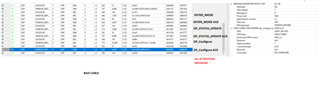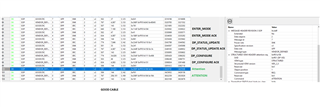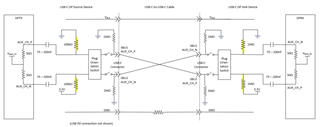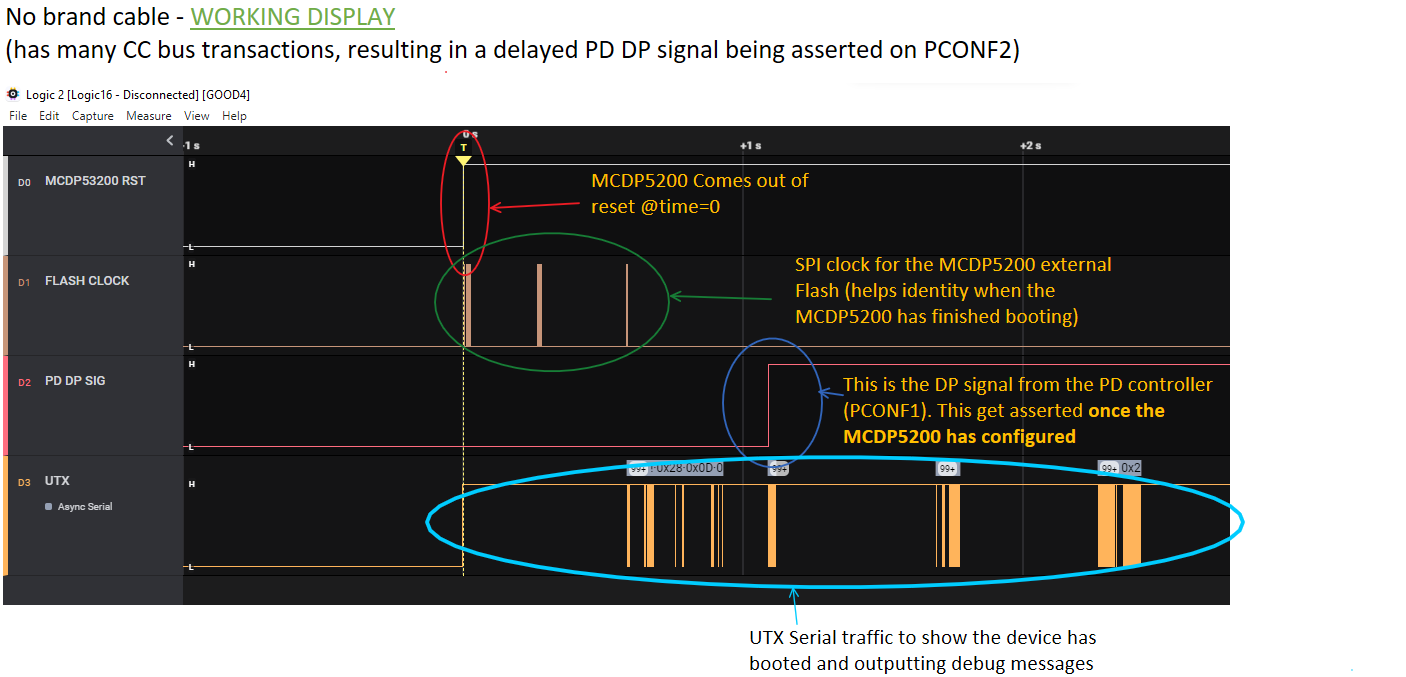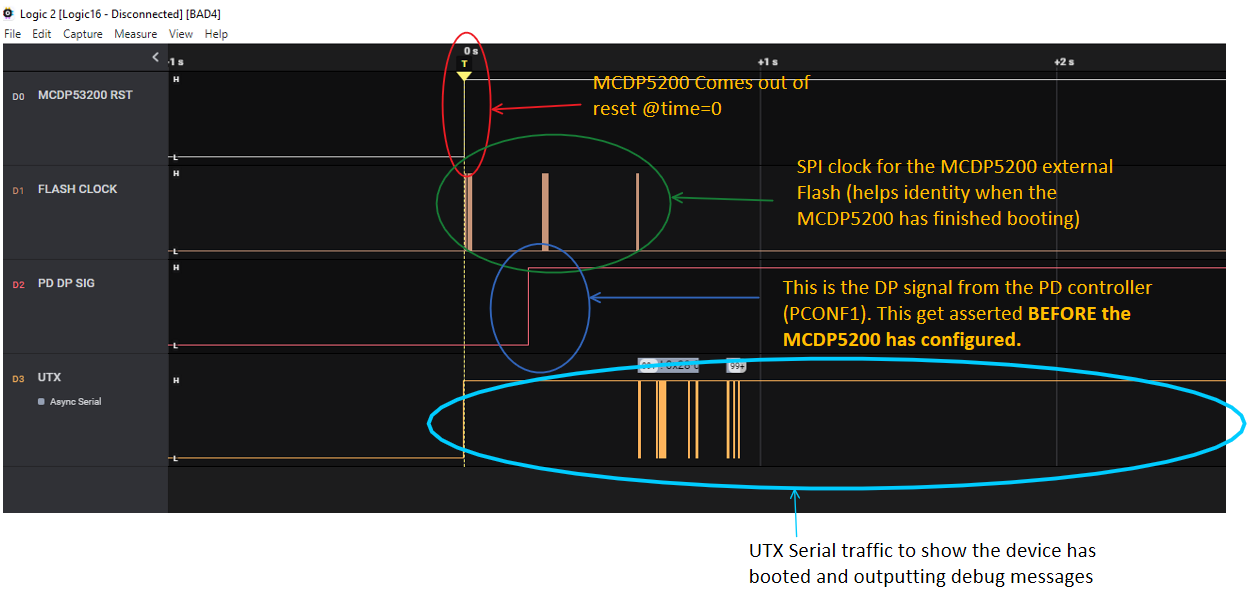Hi Everyone,
I am looking for help, as I am currently stumped trying to solve an issue of mine. I'll try and explain the issue to the best of my ability.
Overview: I'm currently using the TPS65987D as UFP sink device which is effectivity a USB-C to HDMI adapter, nothing too fancy. IE a USB bus powered device and the USB-C-DP converter to HDMI. The device we're using for the USB alt mode conversion is the MCDP5200 device, which we have implemented on another design without any issue and currently sell the unit with a Lindy 1m USB 3.2 COTS cable. The schematic is identical between these two designs, with the only difference being. the new one is bus powered, IE through the TPS65987D. I mentioned the previous design purely because we know it works as intended. so, you can plug your laptop into the unit with the Lindy cable and within seconds an image pops up on the display - perfect.
However, now we've implemented this circuity on the bus powered device, you would expect everything will work as before. but it does not... well kind of work, hence this question.
The issue we're seeing is between two cables. where one cable will work as expect and the other does not. The one which doesn't work; you guessed it; is the Lindy cable I've mentioned before. Using a no brand cable. the new unit works as expected -plug it in and boom, within seconds we get a display out of the device. However, using the Lindy cable, which we know support the data rates and power - does not produce a display nor does it auto enter into the alt mod DP type. To be clear - the only thing changing between these tests are the cable. The hardware is consistent between tests, so to the firmware and laptop which is generating the display.
We have investigated: Power supply stability, POR circuit and software for all connected devices and everything checks out. So, I'm struggling to point the finger at the hardware right now, but I could have missed something.
Given the only variable changing between the test is the cable; one works and the other does not; which confused me, and the known good cable doesn't produce an image. We do have access to Cypress EZ-PD analyzer, where we have observed that traffic between the laptop and hardware is different between the two cables, but this is the point where my experience of CC traffic is limited and I'm here asking for help!
I have attached the two CC traffic files to this post, and I hope someone could shed some light onto the difference and point me in a direction to solve this issue. we've been looking at this issue for a while now without any real direction. I hope this is just a configuration issue on the TPS65987D device but I'm struggling to know which register to change.
GoodCable.csvBadCable_Lindy.csv

Any help is appreciated!
Kind Regards Pete


